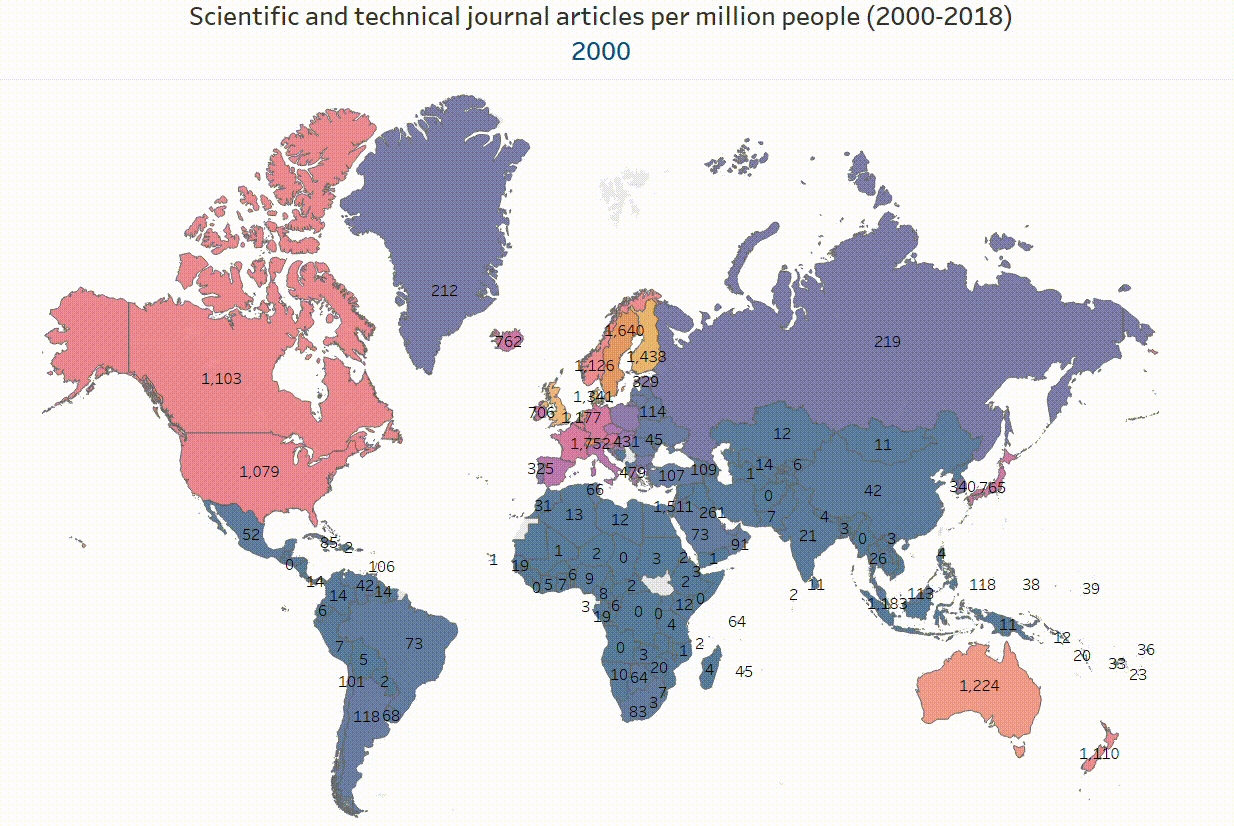How to rethink research publications?



Open access is pioneering publishing by promoting unrestricted access to scholarly information without any financial, legal, or technical barriers. It ensures that anyone can freely read, download, copy, distribute, print, search, and utilise the information for educational or other purposes within the confines of legal agreements. Unlike the traditional subscription model, open access allows readers to access research publications without any cost, revolutionising the way scholarly communication and research dissemination occur. In this article, we will explore the concept of open access and delve into its significance in promoting global knowledge sharing and advancing research endeavours.The Budapest Open Access Initiative recommends making changes to how research is evaluated. One suggestion is to get rid of things like the Journal Impact Factor and journal rankings, which can discourage open-access publishing. These metrics tend to favour older journals and certain topics, which isn't fair to newer journals or emerging research areas like climate change. Instead, researchers should be evaluated based on the quality of their work, not the journals they publish in. Another idea is to reward researchers who deposit their articles in institutional repositories, which makes them openly accessible. Institutions should also support initiatives like the Declaration on Research Assessment (DORA) and prioritise funding for institutions that commit to these principles.
It can encourage more open research and ensure that evaluation practices align with the goals of openness and quality. Success cannot solely depend on the publication of articles in high-impact journals. Relying on publication in high-impact factor journals or specific indexing as the sole measure of success is flawed. The challenges faced by researchers are unlikely to be resolved by embracing open access alone. In an open-access model, the expenses associated with publishing an article are typically covered by the author's research budget or by their supporting institution through Article Processing Charges.A research examined a total of 117 journals that were cited and indexed in PubMed as of July 2015. Before conducting the analysis, they excluded certain journals based on specific criteria. Out of the 117 studied journals, 103 (88.0%) charged publication fees, and a small percentage (3.4%) charged pre-processing publication fees.
Among the journals that charged publication fees, a significant majority were from developed countries such as the United States of America (53.4%), the European region (12.6%), and the United Kingdom (23.3%)The cost of electronic journals (e-journals) was generally lower than that of print versions. Over 80% of the journals had processing costs of US$1000 or more. The median processing charge was US$2590, with an interquartile range of 1775. The median preprocessing charge was US$650, with an interquartile range of 4991.7.One journal may charge $5,000, while another may charge less than half of that amount. Some journals even offer a one-time payment option for publishing an unlimited number of articles. It is important for researchers to consider these cost differences when selecting a journal for publication.
Approximately one-tenth of the journals in the study offered an automatic waiver of article processing charges to authors from low-income or lower-middle-income economies, as classified by the World Bank. Additionally, some journals had the discretion to waive publication costs in exceptional cases. Intellectual property rights (IPR) play a crucial role in the context of open-source components and principles. Copyright, patents, trademarks, and trade secrets are key elements that influence knowledge dissemination, innovation, and open science in present academia. Understanding the interplay between IPR and open source is essential for achieving policy goals.

Copyright and Open Access
Copyright is essential in granting exclusive rights to creators, but its impact on public access to scientific research cannot be ignored. The convergence of the internet and open access initiatives, enable the global distribution of scholarly literature. It emphasises the need for users to comprehend and adhere to copyright permissions, mitigating risks associated with the use of copyrighted works in scientific activities.Contrary to common misunderstandings, free software is subject to copyright. Free software authors utilise copyright to enforce openness and manage their intellectual assets. Access to source code access within the principles of open source.
Patents and Innovation:Patents give legal protection to inventors, but there is an ongoing debate about how they affect innovation and the sharing of knowledge. Many free databases and journals provide access to millions of patent documents. Additionally, when patents expire associated technologies become available to the public. Various approaches to the patent system emphasise the significance of making patent databases accessible to everyone.Trademarks and Trade Secrets:There is a distinction between trademarks and trade secrets within the context of open source. Trademarks are symbols that identify goods or services and don't affect information transmission, they influence public perception without impeding the transmission of information. Trade secrets are confidential information and incompatible with open source. Using copyrighted works requires consent or adherence to exceptions and public domain.
IP Considerations in Science and Research:
Intellectual property rights impact scientists' daily activities, including data management and text and data mining. Awareness of IP-related issues is crucial to avoid infringement risks. The report suggests adopting European legislation to include exceptions for open science, aiming to create a favourable environment for researchers.The principle of "as open as possible, as closed as necessary" is a fundamental concept emphasised in the report “ Open Science and Intellectual Property Rights” by European Union. It underscores that openness should be the default approach in publicly funded projects, with justifiable reasons for restricting access to scientific knowledge. This aligns with the Union's policy goals of strategic autonomy, green transition, and digital transformation.India has made significant progress in the open-source community, with a substantial number of Indian developers actively contributing to its growth. GitHub reports that India ranks third in terms of user base, with over 7.2 million users in 2021, and this number is expected to reach 10 million by 2023. However, there are several challenges that need to be addressed. While the government's initial attempts to promote open source through the adoption of Linux-based operating systems and open document formats have not been as successful, India continues to face obstacles in developing sustainable domestic open-source innovations and lacks representation of its diverse languages and cultural contexts. Additionally, misconceptions about open source being less trustworthy and more vulnerable, along with operational complexities and intellectual property issues, further hinder its widespread adoption. To overcome these challenges, it is crucial for India to incentivise open-source adoption in government, prioritise open-source metrics in evaluation criteria, foster an open-source economy, encourage participation in open-source projects, establish a national Open source Centre of Excellence, and leverage technology institutions to create a thriving open-source ecosystem.In the current world, where intellectual property rights are strong and protected, it is important to find strategies that encourage scientific research on both patented materials and non-protected data and publications. By promoting openness in research, we can ultimately achieve better and more reliable knowledge. It is also crucial to involve citizens in the process, allowing for real interaction between industry and stakeholders. This collaboration helps ensure that commercially-driven research is socially responsible and considers the social relevance and benefits of the work being pursued.The concept of Open Science holds great promise in addressing the challenges faced by research conducted in the private sector. Governments can play a significant role by promoting access to publications, ensuring that researchers from various institutions and sectors, including the private sector, have equal opportunities. Research funded with public resources should be published in a way that is freely available to everyone. However, it is important to note that discussions around establishing a new Open Science paradigm often overlook the importance of intellectual property rights. Not all researchers share the belief that effective management of intellectual property promotes innovation. Finding a balanced approach and fostering collaboration between different stakeholders is essential to maximize the benefits of both intellectual property and open science.






